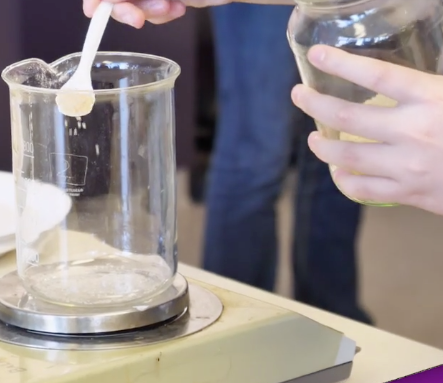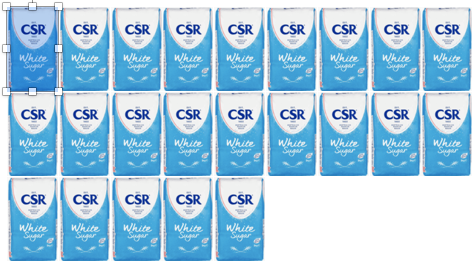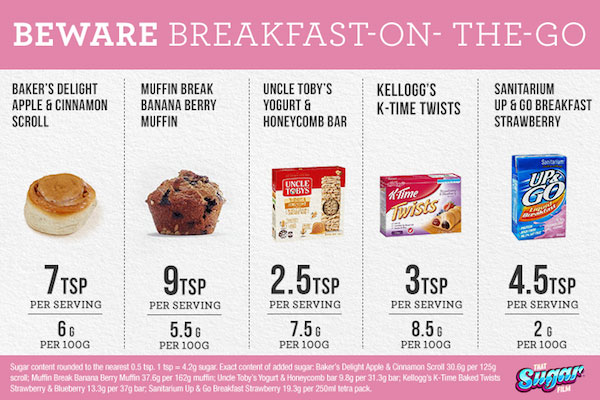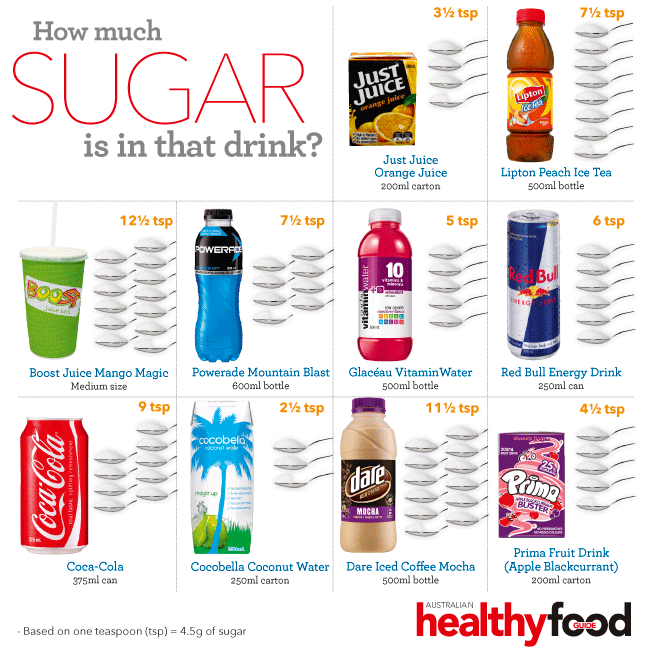Planning what to eat?
For this activity you will need a sheet of paper or notebook and pen. If you have a food scale that’s handy, but at the least find a teaspoon and a jar. You will also need a package of refined sugar.
You can use the How Much Sugar? worksheet accessed below.
Lets focus our attention on planning what to eat rather than consuming what advertisers and others tell us to eat or drink
Do you think about what you eat?
In the video Dr Gal Winters Ziv highlighted how much sugar some high school students might eat and drink during one day.
Gal shared that researchers have suggested that if you have more than the equivalent of 12 teaspoons (48 g) of sugar a day, you are eating too much. It is important to remember that 4 grams is equal to 1 teaspoon.
Are you one of the people who really like their sugar?


How much sugar do Australians eat?
These are some of the statistics that have resulted from research conducted by nutritionists. Do you fit into any of these stats?
On average Australians consume somewhere between 14-16 teaspoons of added sugars a day. How much would that be if each teaspoon is 4g?
If you drink one 600ml bottle of soft drink containing 16 teaspoons of sugar, and you have one a day that’s the equivalent to consuming 23kg of sugar from soft drinks alone per year.
The top 10% of teenage boys are consuming 38 teaspoons of sugar a day. Are you one of these?
14-18 year-old boys consume an average 22 teaspoons of sugar a day. That’s 88g of sugar.

What did you have for breakfast?
Let’s be honest now. What did you have for breakfast? Do you remember?
Perhaps you skipped breakfast all together! Did you have any of these food items?
What could you have had instead?
Well maybe tomorrow!
What about what you had to drink?
Practical Activity:
Practical Activity
There are three activities for this lesson. Do Part A before you go on to Part B and C. Use your label reading skills to complete all activities.
Part A: Download the How Much Sugar? Worksheet.
For 3 days, record your eating habits. Don’t fudge. Be as accurate and honest as you can. You will use this information to complete Part B.
Part B: Download the Planning Meals Worksheet
Although the worksheet records the eating habits of one person, you can decide to do this for yourself using the results of your own record of eating. Also use the kilojoule sheet to help determine how much sugar Jamie has been eating.
Part C: Plan for the week ahead. Think about what you are going to be doing. Talk with your parents about the type of meals you think you ought to be eating and how much. Discuss your proposed meal plan with them. Submit a copy of the meal plan to your facilitator.


